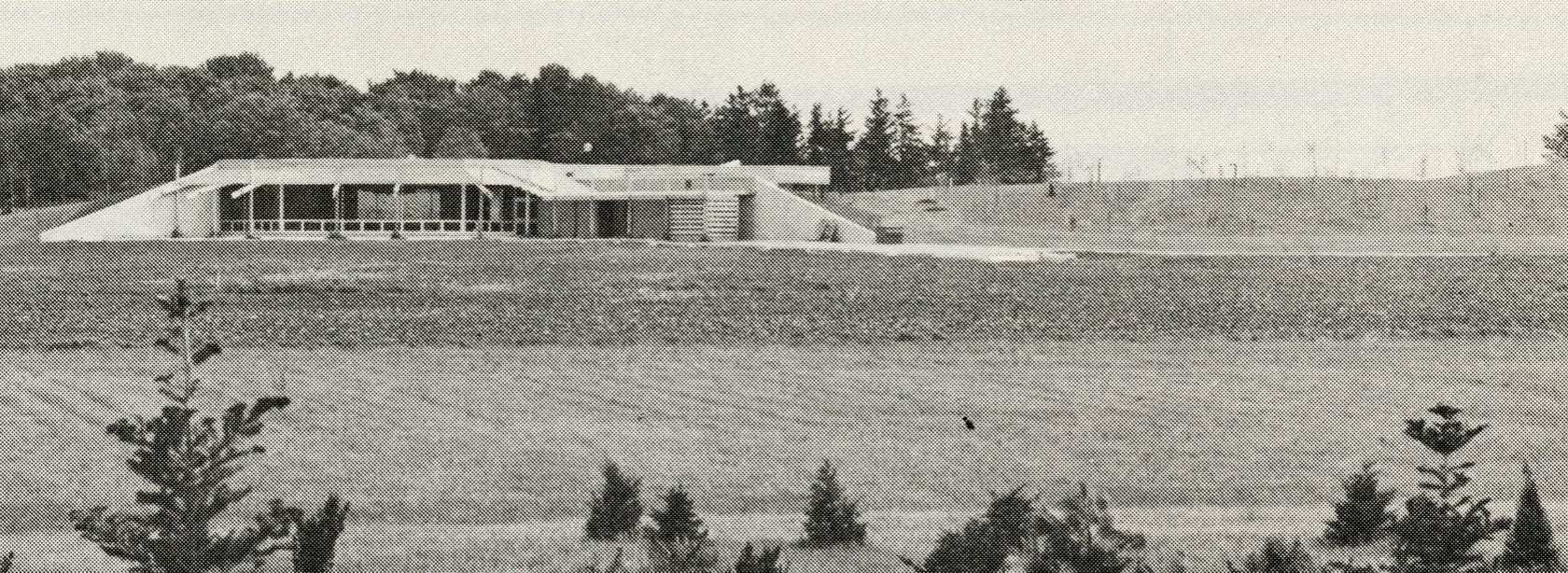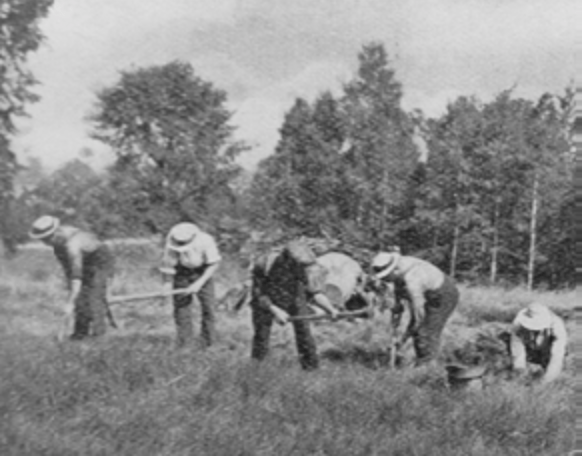Header image: Sheridan Teaching Collection of Evergreens in from of the O.A.C. Centennial Arboretum Centre, 1974
Edmund Zavitz was born in 1875 in Ridgeway, Ontario. Zavitz grew up working and staying on farms in rural southwestern Ontario. As a result, he witnessed the deforestation of the land and its negative affects on the environment.
Witnessing the ecological degradation of southern Ontario farmland motivated Zavitz to study to become a professional forester at Yale and the University of Michigan. As part of his program, he was dispatched to Guelph to complete research at the Ontario Agricultural College.
When Zavitz arrived in Guelph in 1907, he was looking for potential solutions to mitigate desertification. The once fertile land in southern Ontario had deteriorated because forests had been cleared to make way for farmland. While searching for a solution, Zavitz planted several white pine (Pinus strobus) trees on a plot of land that would later become The Arboretum. He sought to study this plot of trees to see whether they could reduce the effects of desertification by preventing topsoil erosion. Over a hundred years later, these white pines still grow in The Arboretum; they are now known as both the “Century Pines” and the “Zavitz Pines.”
Following his graduation, Zavitz worked at the Ontario Agricultural College as a Forestry professor from 1905 to 1912. In 1912, he was appointed the first Provincial Forester of the Ontario Ministry of Lands, Forests, and Mines. He was later appointed the Chief of Reforestation in the Ontario Ministry in 1935. His extensive research, work, and campaigning for the protection of forests caused him to be known as the Father of Reforestation.




